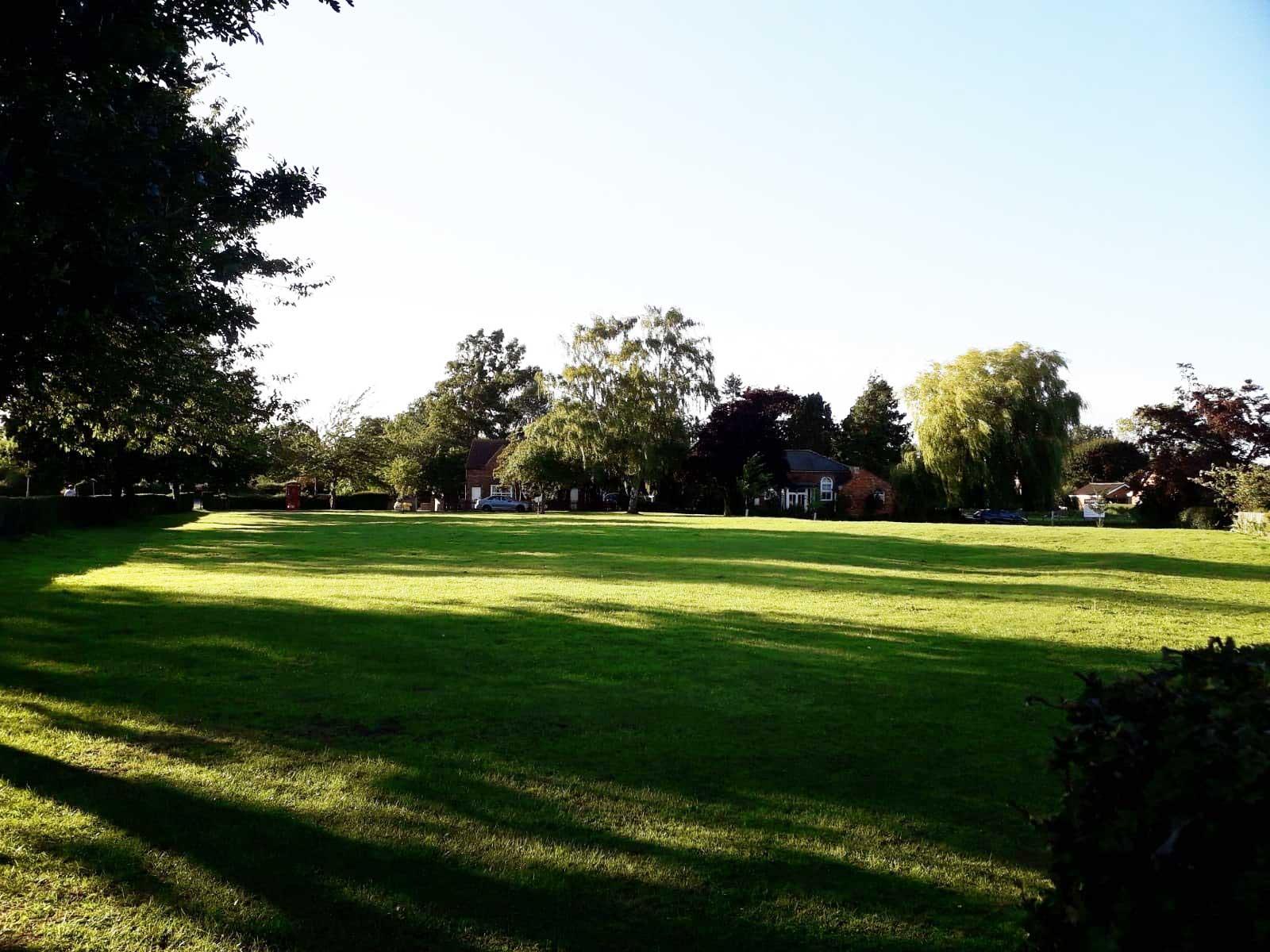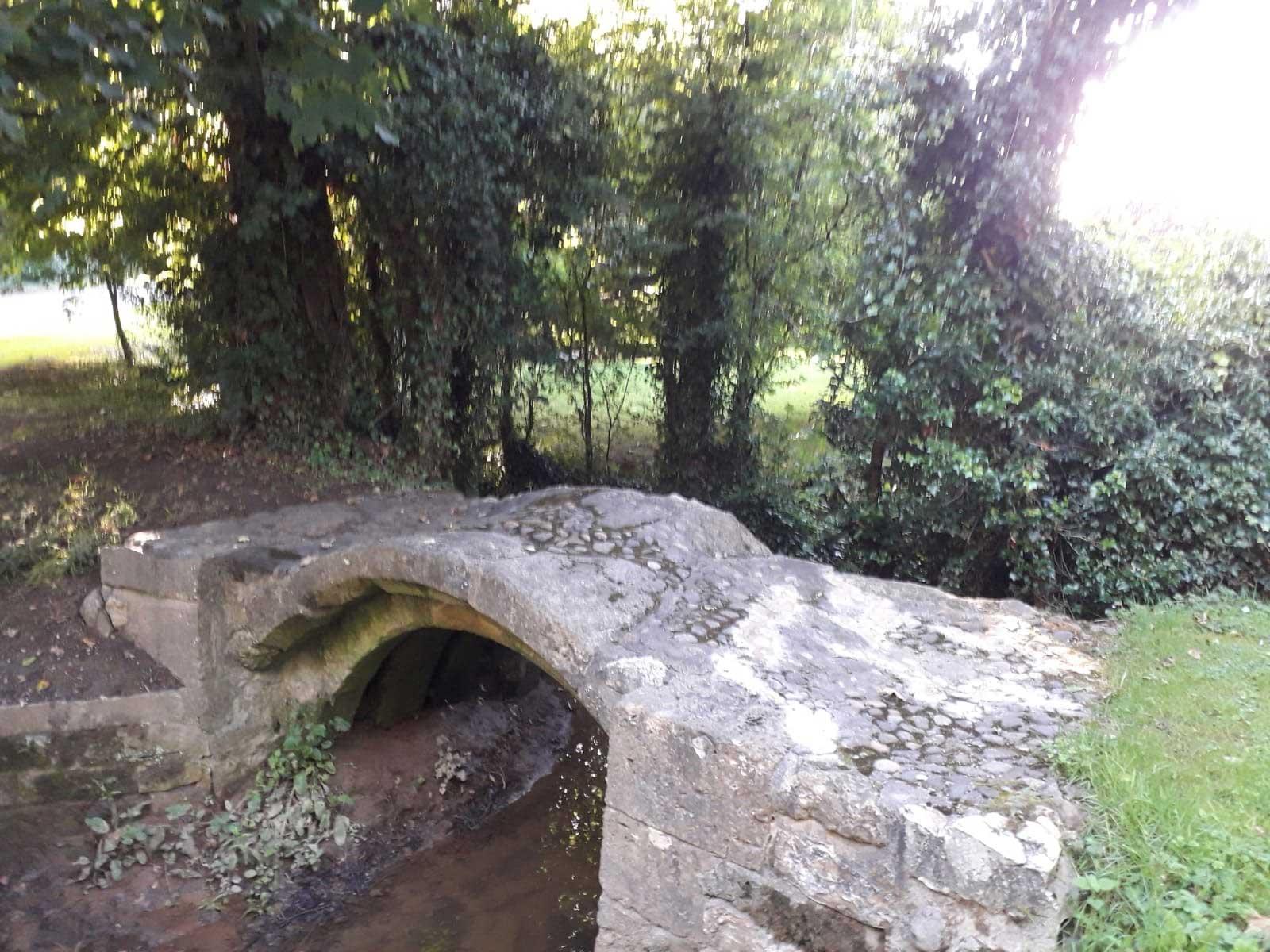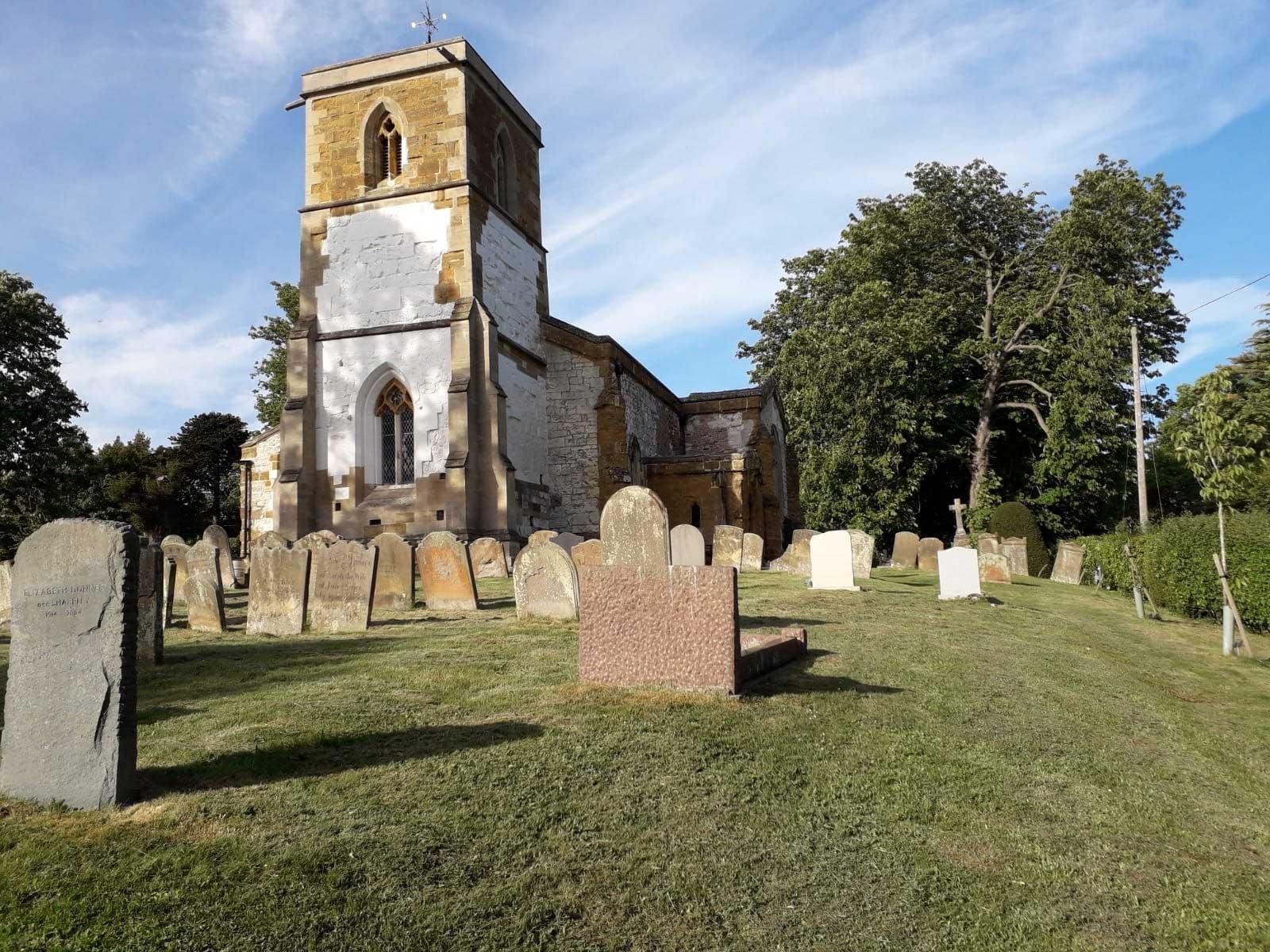About Utterby

Utterby is a village and civil parish in the East Lindsey district of Lincolnshire, England. It is situated on the A16 road, 10 miles (16 km) south from Grimsby and 4 miles (6 km) north from Louth. It is situated at the foot of the Lincolnshire Wolds in an area of outstanding natural beauty.
The name Utterby comes from the Scandinavian 'by' which means village, and is a common place name suffix in the area. The 'utter' comes from the Old English 'uttera', cognate with the modern English word 'outer', or remote. This place was an ancient parish in Lincolnshire and became a modern civil Parish when this were established.

Pack Horse Bridge
Near to the Village is the site of a former Gilbertine Priory. It is believed that the monks of this priory built the villages’ Packhorse Bridge in the 14th century to give them access to the church. There is evidence that the bridge was used by Salt Drovers carrying salt from the coastal strip to trade with it inland. Local legend has it that the village was swept away by ocean incursions in past centuries.
The Great Northern Railway came in 1848.
In 1913, Captain Dudley Roger Hugh PELHAM of the 10th Hussars resided in Utterby House. He is reputedly a direct descendant of William the Conqueror. He later commanded the 1st Composite Australian Light Horse Regiment as a Major and became the High Sheriff of Lincolnshire in 1938.

The village church of St Andrew's sits in an impressive and beautiful rural setting. It is the focal point of the village and has been significant in the lives of local people since first established in the 12th century. It was also the Gilbertines who commissioned the building in 1300. Today’s church consists of a three stage tower, nave and south transept dating from 14th century with the chancel and porch being added in the 15th century. The 15th century porch, is noted for its intricate stone carvings which visitors find of great interest.
Recordings by village people about village life past and present, can be heard, inside the church.
